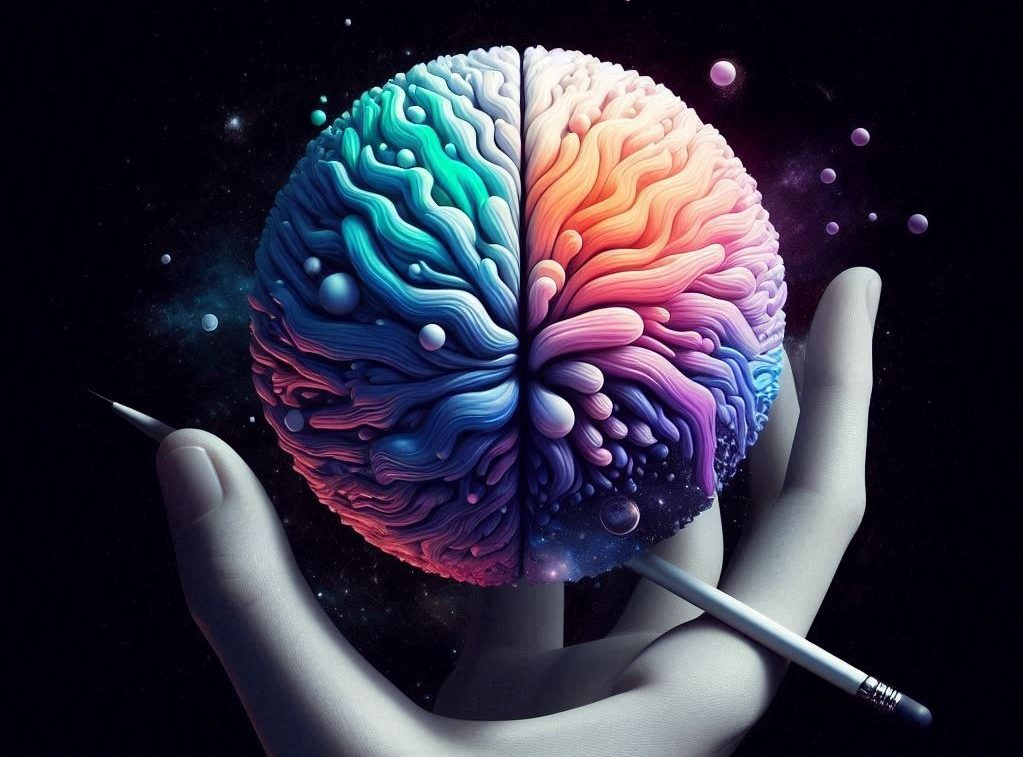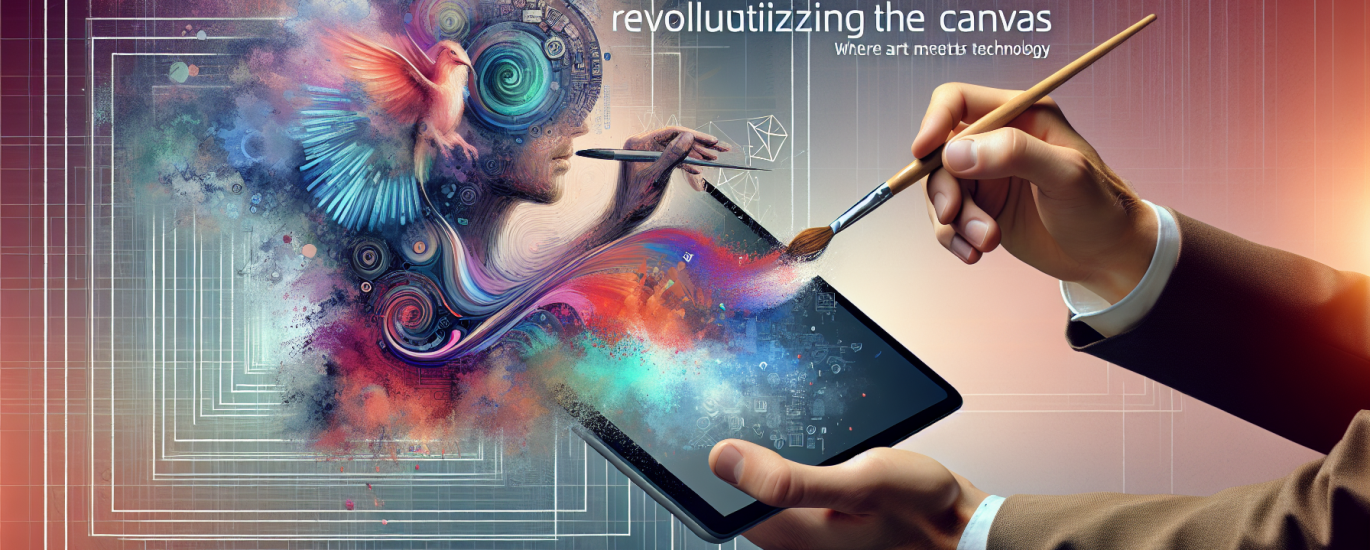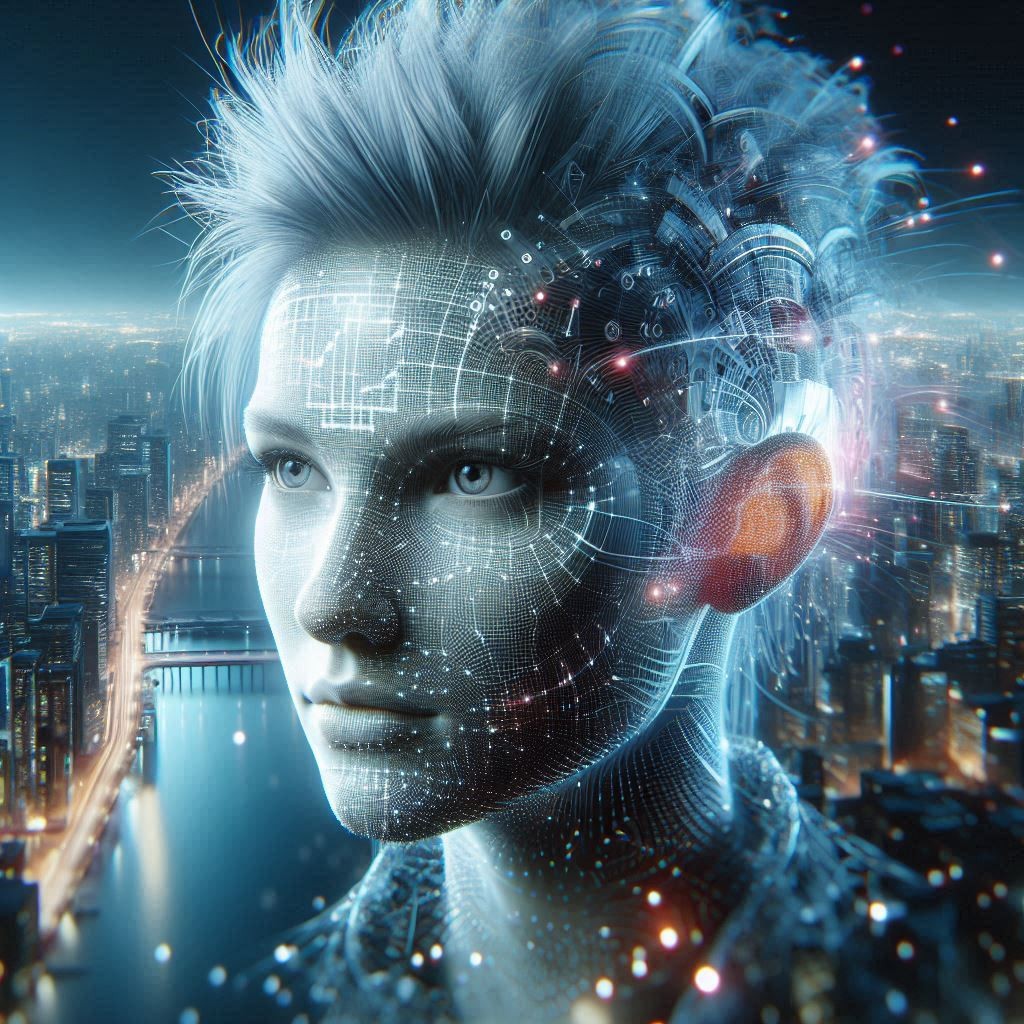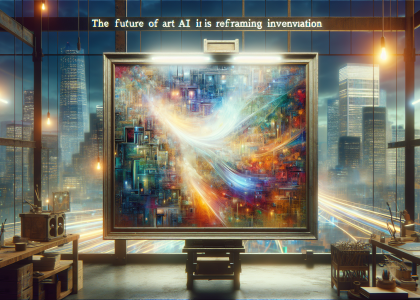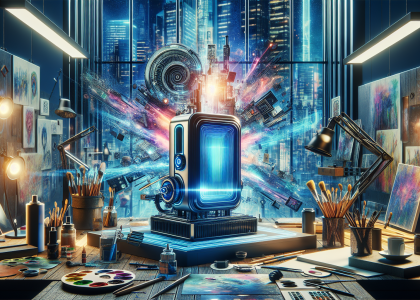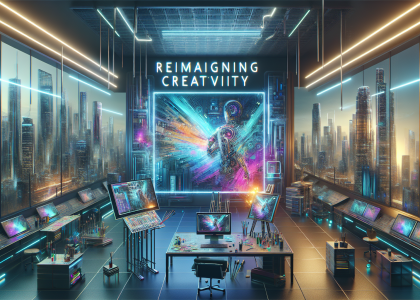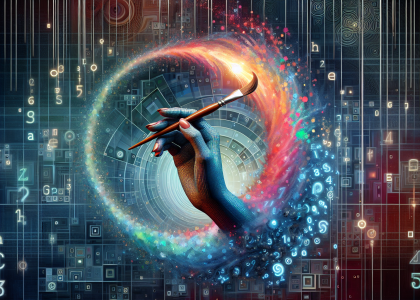The Art of AI: How Artificial Intelligence is Revolutionizing Creativity in the Arts
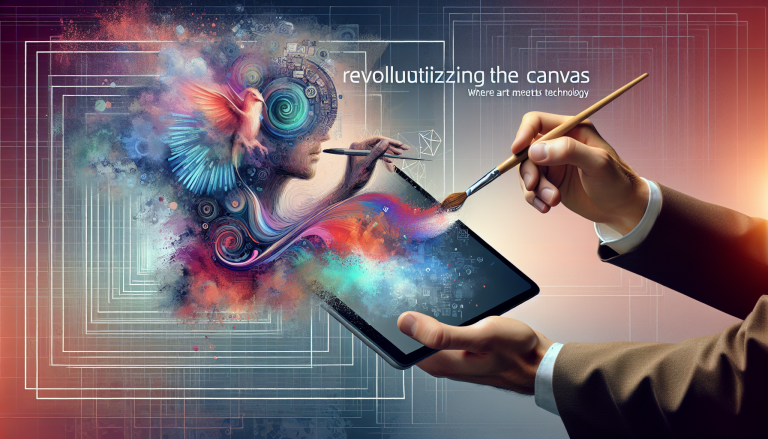
Artificial Intelligence (AI) has long been a topic of fascination for artists, technologists, and anyone curious about the intersection of human creativity and machine intelligence. As AI continues to evolve and improve, its impact on various artistic disciplines is becoming increasingly evident. From visual arts to music and literature, AI is reshaping creativity, pushing boundaries, and opening new avenues for expression.
Visual Arts: The Rise of Generative Art
In the world of visual arts, AI has given birth to a new genre of art known as generative art. This type of art uses algorithms and machine learning techniques to create unique, often surreal, images that would be impossible for humans to produce. Generative art has already gained significant attention, with artists like Refik Anadol and Random International using AI to create stunning installations and exhibitions.
One of the pioneers of generative art is the artist Refik Anadol, who has used AI to create intricate, data-driven sculptures that explore the relationship between art and technology. “AI is not just a tool for artists, it’s a new medium,” Anadol says. “It allows us to create art that is not just visually stunning, but also thought-provoking and emotionally resonant.”
Music: The Symphony of AI
In the world of music, AI has opened up new possibilities for composition, production, and even performance. AI-powered music tools can generate entire songs, from melodies to harmonies, in a matter of minutes. This has led to a new wave of AI-generated music, which is being hailed as a game-changer for the music industry.
One of the most notable examples of AI-generated music is the album “Amper Music,” which was created using an AI-powered composition tool. The album features a range of genres, from electronic to classical, and showcases the incredible versatility of AI-generated music.
Literature: The AI-Generated Novel
In literature, AI has been used to generate entire novels, complete with characters, plotlines, and even writing styles. This has raised questions about the role of AI in creative writing and the future of literature.
One of the most notable examples of AI-generated literature is the novel “The Day a Computer Writes a Novel,” which was generated using a machine learning algorithm. The novel explores themes of artificial intelligence, consciousness, and the human condition, and has been hailed as a groundbreaking work of science fiction.
The AI-Generated Poem
Poetry has also been impacted by AI, with many poets using AI-powered tools to generate new and innovative works. One of the most notable examples is the AI-generated poem “The New Colossus,” which was created using a machine learning algorithm.
“The New Colossus” is a powerful and evocative poem that explores themes of immigration, identity, and the human condition. It has been hailed as a masterpiece of modern poetry and has been widely praised for its beauty and emotional resonance.
The Future of AI in the Arts
As AI continues to evolve and improve, its impact on the arts is likely to grow even more significant. From visual arts to music and literature, AI is opening up new avenues for expression and pushing boundaries in ways that were previously unimaginable.
One of the most exciting developments in AI for the arts is the rise of AI-powered art tools. These tools allow artists to create new and innovative works using AI-powered algorithms and machine learning techniques.
The Future of Creativity
So what does the future hold for creativity in the arts? As AI continues to evolve and improve, it’s likely that we’ll see even more innovative and groundbreaking works of art. Whether it’s generative art, AI-generated music, or AI-powered literature, the possibilities are endless.
As the artist and technologist, Refik Anadol, says, “AI is not just a tool for artists, it’s a new medium. It allows us to create art that is not just visually stunning, but also thought-provoking and emotionally resonant.”

